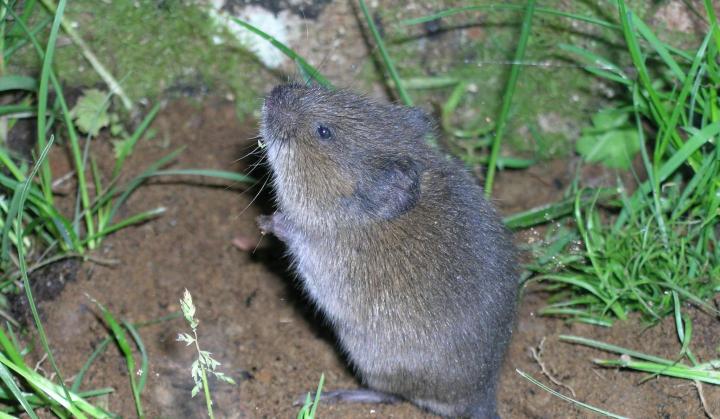Expert Strategies for Vole Control and Avoidance
Expert Strategies for Vole Control and Avoidance
Blog Article
Comprehensive Overview to Reliable Vole Parasite Control: Infestation Recognition and Therapy Methods
In the world of effective insect control, vole problems pose a special obstacle that demands a critical approach. By checking out the subtleties of vole behavior, comprehending vital indicators of invasion, and examining an array of control options, one can establish a thorough strategy to fight these evasive pests.
Comprehending Vole Behavior
Vole actions is characterized by their burrowing habits and quick reproduction rates, making them a tough parasite to manage successfully. Their fast reproductive rate more makes complex control efforts, with ladies qualified of producing numerous trashes in a single year, each containing a number of children.
Voles are most energetic throughout the morning and evening hours, investing the majority of their time foraging for food. Their delving behaviors not only disturb yards and yards but additionally make them challenging to detect and remove. Recognizing vole habits is essential for efficient insect control approaches. By determining their burrow areas, checking feeding areas, and applying targeted control methods, such as capturing or habitat adjustment, vole problems can be handled successfully.
Indicators of Vole Invasion

Prevention Methods
Executing effective prevention approaches is crucial in minimizing vole problems and securing plants from their damaging feeding practices. To prevent vole problems, important source it is crucial to begin by getting rid of potential food resources and sanctuary.
Regularly examining the home for signs of vole task, such as runways and tunnel openings, is critical for early detection and timely activity. If vole task is suspected, consider utilizing repellents or catches strategically placed near their pathways.
Non-Lethal Control Techniques
To efficiently handle vole populaces while prioritizing gentle methods, non-lethal control techniques provide useful solutions for minimizing vole damages in landscapes and gardens. These obstacles can be hidden at least 12 inches deep and bent at a 90-degree angle to prevent voles from burrowing below.

Lethal Control Options
One effective technique for attending to vole invasions in landscapes and yards entails the strategic use of dangerous control choices. When faced with a severe vole invasion that non-lethal techniques have actually fallen short to include, applying dangerous control steps comes to be crucial. Generally, when using lethal control alternatives, it is important to do so properly and in conformity with local policies to properly take care of vole infestations.
Verdict
To conclude, reliable vole bug control calls for a detailed understanding of vole behavior, identification of signs of infestation, execution of avoidance techniques, and usage of both non-lethal and deadly control methods. By incorporating these methods, individuals can successfully handle moved here vole populaces and secure their property from damage. It is very important to resolve vole infestations without delay to stop additional concerns and decrease the influence on the surrounding setting.
Given the elaborate tunnel systems and rapid reproduction rates characteristic of voles, acknowledging the indications of vole infestation ends up being vital in effective bug control. One of the main signs of vole presence is the presence of surface paths or trails in yard or snow, normally concerning 1-2 inches wide, created as voles travel in between their burrows and food resources.To efficiently manage vole populations while focusing on humane techniques, non-lethal control techniques offer sensible solutions for reducing vole damages in landscapes and yards.One effective technique for dealing with vole invasions in gardens and landscapes entails the strategic use of deadly control choices. vole yard damage.In verdict, efficient vole parasite control needs a comprehensive understanding of vole actions, identification of signs of problem, implementation of prevention strategies, and use of both lethal and non-lethal control techniques
Report this page